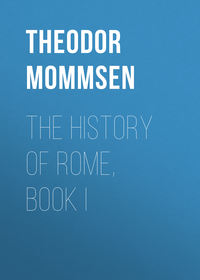Kitabı oku: «The History of Rome, Book I», sayfa 2
Bir şeyler ters gitti, lütfen daha sonra tekrar deneyin
Türler ve etiketler
Yaş sınırı:
0+Litres'teki yayın tarihi:
17 kasım 2018Hacim:
410 s. 1 illüstrasyonTercüman:
Telif hakkı:
Public Domain